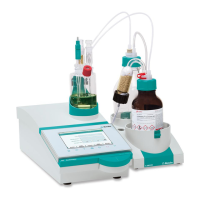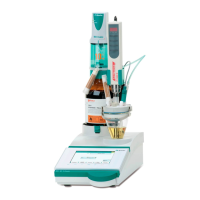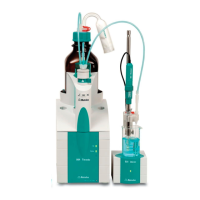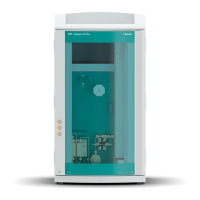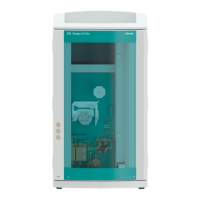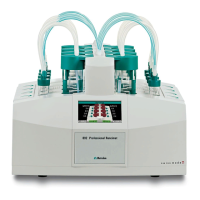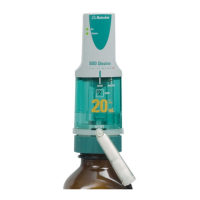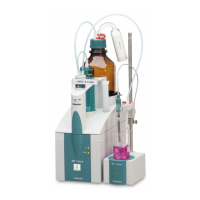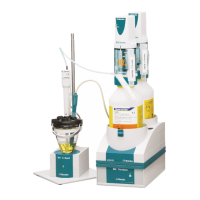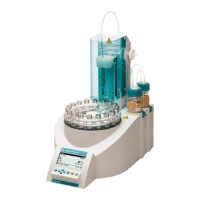■■■■■■■■■■■■■■■■■■■■■■
28 Parameter
917 Coulometer
■■■■■■■■
257
"#" stands for a sequential number that you must enter manually. The
number for each command identification will be counted separately and
does not necessarily correspond to the number of the command line.
Example: The variable 1M.TITER corresponds to the titer of the titrant
selected in the first titration command.
CAUTION
The command identifications are not adjusted automatically when addi-
tional commands are subsequently inserted into the method. Check the
formula for correctness in such cases.
[Variables]
Opening the list of additional variables (see chapter 28.5.3.1, page 257).
[Math. functions]
Opening the list with mathematical functions (see chapter 28.5.3.2, page
257).
28.5.3.1 Variables
All of the variables which can be used for calculations are divided up
according to subject in the dialog Calculation formula / Variables:
■ System variables
List of the system-specific variables. These variables describe the cur-
rent status of the system.
■ Result and statistics variables
List of the variables which are required for calculating results and statis-
tics for the current determination.
■ Common variables
List of common variables. All of the common variables are listed, no
matter whether they possess a value or not.
You will find a detailed description of all of the variables in chapter
28.5.3.3, page 258.
28.5.3.2
Mathematical functions
The following mathematical functions can be utilized in a calculation for-
mula:
Function
Description
y^z Power function
Example: 4^2 = 16
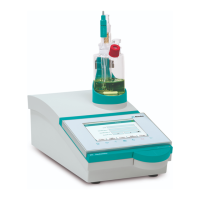
